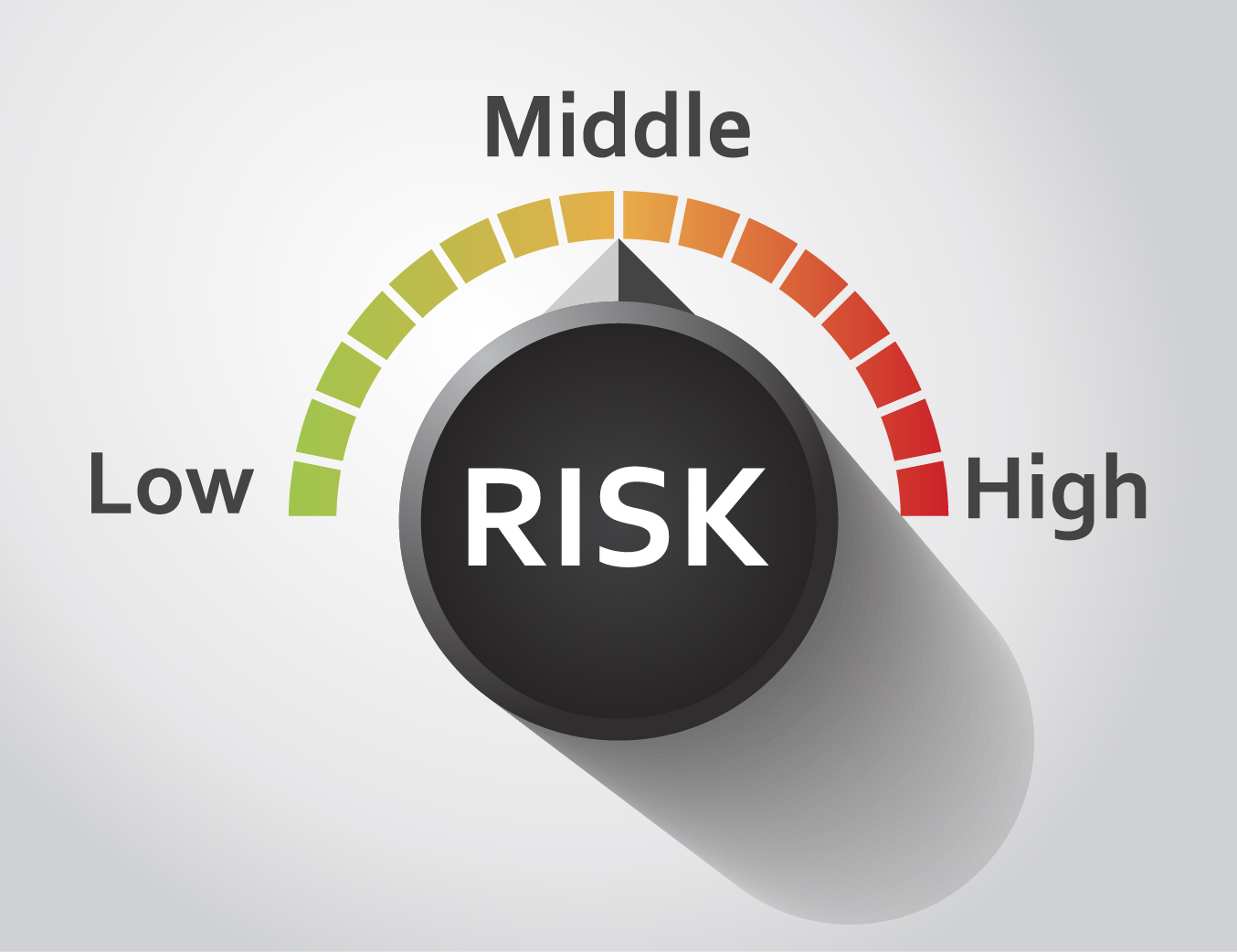Some Sjögren’s Patients at Higher Risk for Parkinson’s, Study Finds

People with Sjögren’s syndrome — particularly women, younger patients and those receiving certain immunosuppressant therapies — are at higher risk of developing Parkinson’s disease, according to a new study.
The study, “Risk of Parkinson disease in Sjögren syndrome administered ineffective immunosuppressant therapies,” was published in the journal Medicine.
Recently, studies have begun to implicate the involvement of the central nervous system in patients with primary Sjögren’s syndrome, documenting various neurological symptoms.
Parkinson’s disease is a progressive neurodegenerative disease with hallmark symptoms of tremor, involuntary movements, rigidity, and postural instability. It is characterized by neuronal (brain cell) death in a region of the brain known as the substantia nigra.
Studies have suggested that there may be some underlying immune system-mediated mechanisms through which autoantibodies (antibodies that attack healthy tissue) cause neuronal death in the substantia nigra. Some of these autoantibodies have also been detected in Sjögren’s patients.
Therefore, researchers designed a study to assess the risk of Parkinson’s in patients with Sjögren’s syndrome, and to identify any potential associated risk factors.
Researchers used data from Taiwan’s National Health Insurance Research Database, which contains information on 12,640 Sjögren’s patients and 50,560 without the condition. They then used a statistical model to determine the risk factors for Parkinson’s among patients with Sjögren’s.
Results indicated that there was an increased incidence of Parkinson’s in patients with the autoimmune condition. After adjusting for factors including sex, age, and number of concomitant disorders, patients with Sjögren’s were 23% more likely to develop Parkinson’s.
But this risk was only seen in women, as men with Sjögren’s syndrome had no additional risk of experiencing Parkinson’s compared to the general population.
Moreover, Parkinson’s disease was more likely in younger patients with Sjögren’s syndrome, with those ages 20–49 having a 93% higher risk, compared with a 41% higher risk for patients ages 50– 64, and a similar risk as non-Sjögren’s patients among those 65 years or older.
Additionally, patients with Sjögren’s syndrome had an elevated risk of Parkinson’s disease when using specific types of medication, including Evoxac (cevimeline), pilocarpine (sold under the brand name Salagen and others), hydroxychloroquine (sold under the brand name Plaquenil among others), and methylprednisolone (sold under the brand name Depo-Medrol and others).
Conversely, patients receiving non-hydroxychloroquine immunosuppressant therapies had an almost 15% lower risk of developing Parkinson’s disease, researchers noted.
Interestingly, the risk of Parkinson’s was increased 2.2 times in Sjögren’s patients without comorbidities (additional chronic diseases), compared to those with comorbidities.
“In conclusion, our study was the first to determine an increased risk of [Parkinson’s disease] in patients with [Sjögren’s syndrome] and that non-hydroxychloroquine immunosuppressant therapy may reduce this risk,” researchers said.
“Further research is warranted to determine the possible underlying mechanisms and the potential role of non-hydroxychloroquine immunosuppressants in ameliorating PD,” they said.






